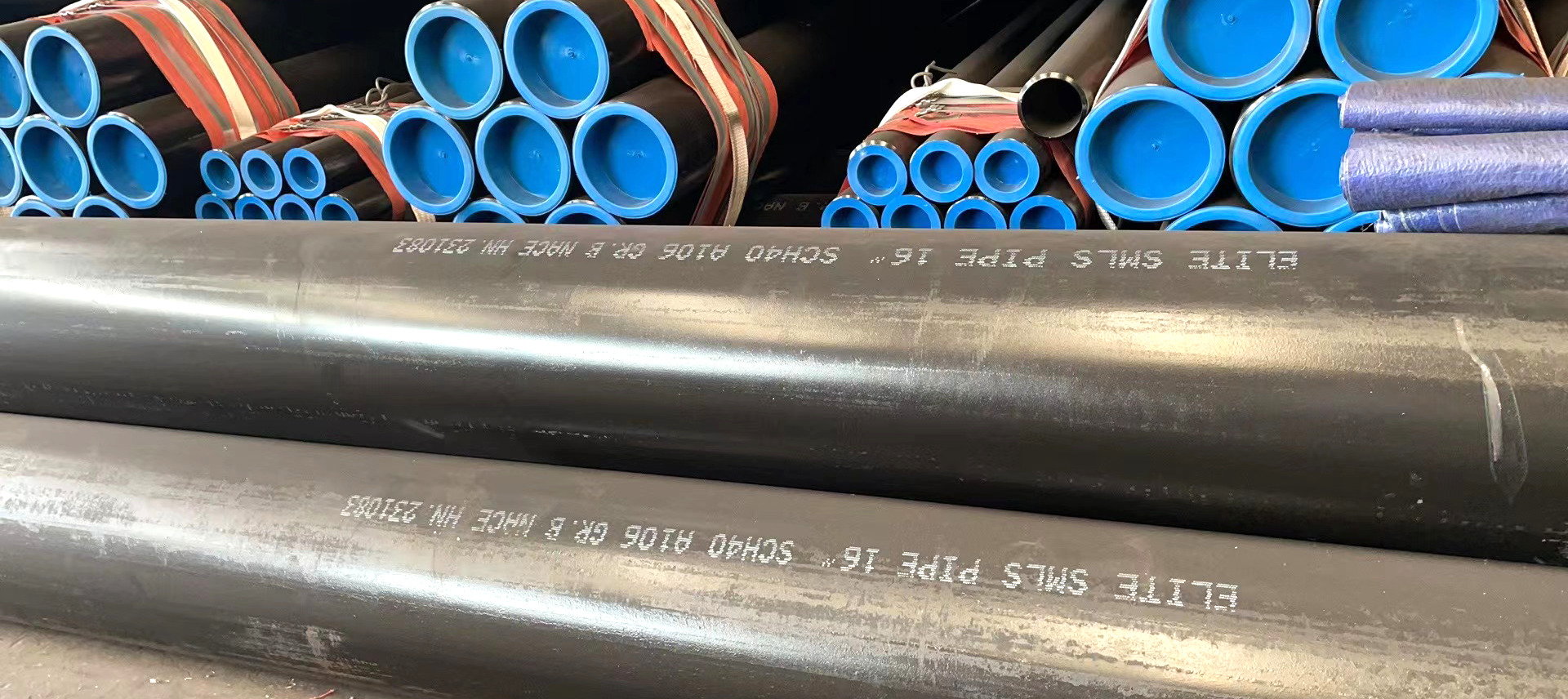Share this
Steel pipe production process
The manufacturing process of steel pipe usually includes the following steps:
Billet preparation: select appropriate steel as raw material, and cut into billets of the appropriate length according to requirements.
Heating: Put the billet into the heating furnace for heating to make it reach the appropriate processing temperature.
Piercing or rolling: The heated billet is transformed into a tubular form by piercing or rolling. Piercing refers to drilling a hole in a billet, and then gradually expanding the hole to form a tube by rotating and stretching. Rolling involves passing a billet through a series of rolling mills, gradually pressing it into a tube shape.
Cleaning and straightening: The tubular steel is cleaned to remove oxides and impurities on the surface. The steel pipe is then straightened using a straightening machine to ensure its shape and size accuracy.
Welding: If it is necessary to produce welded steel pipes, the two ends of the steel pipe are heated to the melting point, and then the two ends are joined together by welding methods. Commonly used welding methods include resistance welding, arc welding, TIG welding, etc.
Determination of size and quality: conduct size and quality inspections of the manufactured steel pipes to ensure that they comply with relevant standards and requirements.
Surface treatment: according to the requirements, the surface of the steel pipe is treated, such as painting, galvanizing, etc., to improve its corrosion resistance and aesthetics.
Packaging and Shipping: Steel pipes are properly packaged to protect their surfaces from damage, and are identified and classified. The steel pipes are then delivered to their destinations using the appropriate means of transport.
It should be noted that the production process of steel pipes may vary due to different steel pipe types and production processes.

